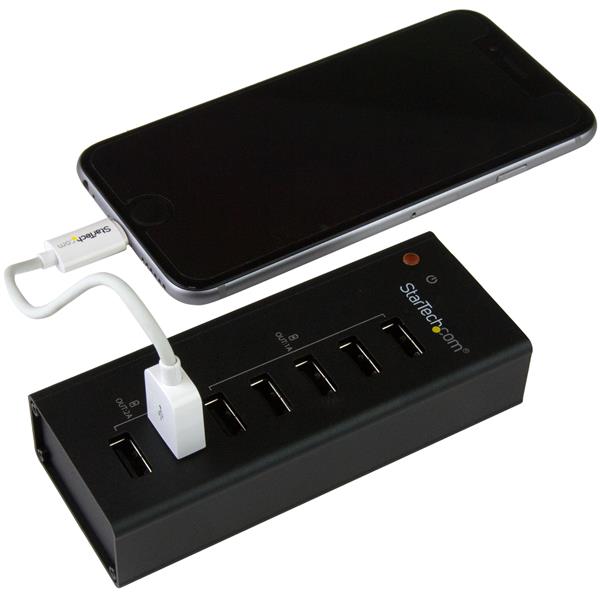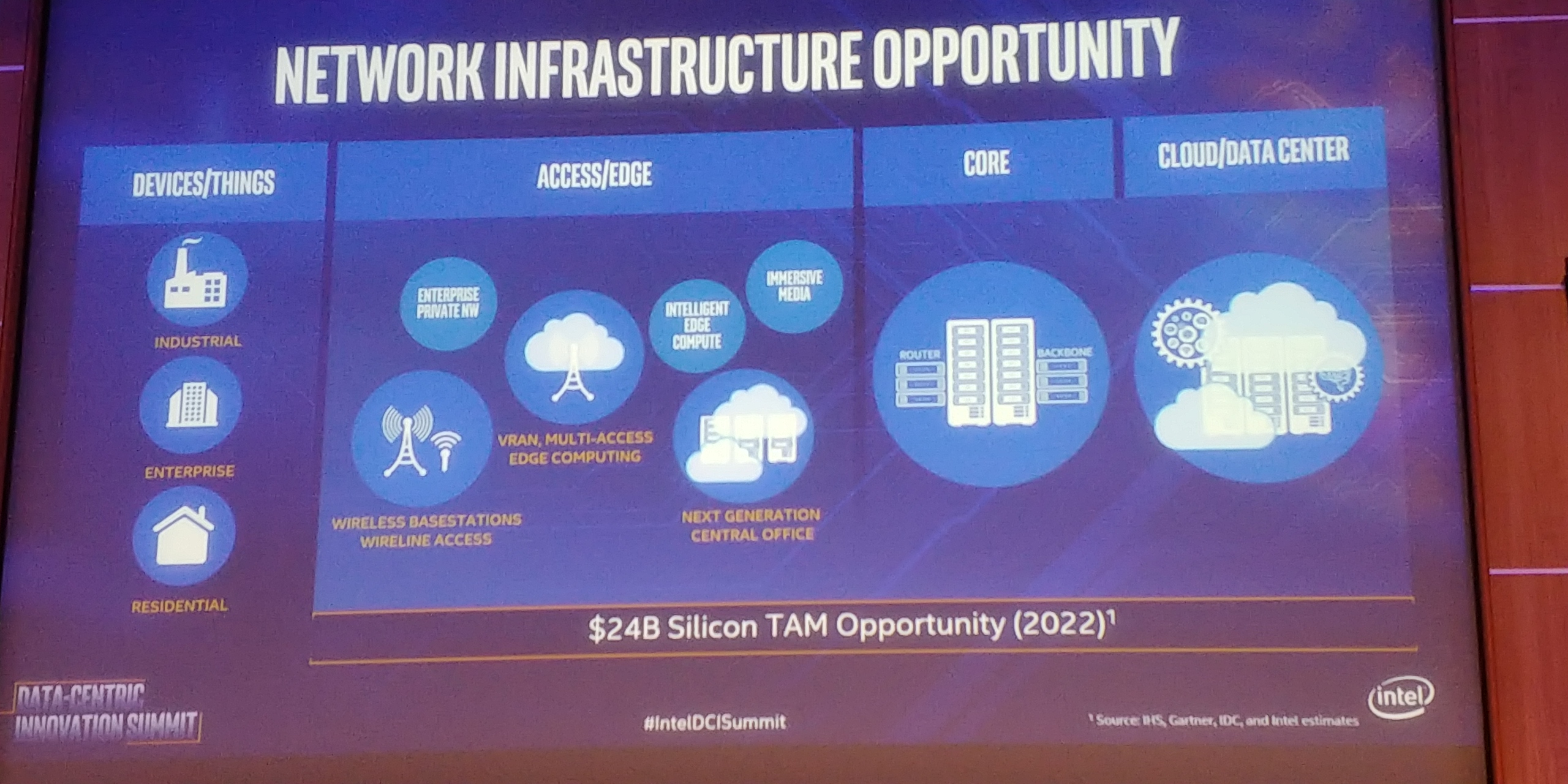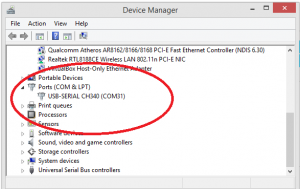Overview

Garmin Support Center is where you will find answers to frequently asked questions and resources to help with all of your Garmin products. Having an issue with your display, audio, or touchpad? Whether you're working on an Alienware, Inspiron, Latitude, or other Dell product, driver updates keep your device running at top performance. Step 1: Identify your product above. Step 2: Run the detect drivers scan to see available updates. Step 3: Choose which driver updates to install. Jul 18, 2018 Using Windows Update to fix the device drivers. Right-click the Windows icon on your taskbar. Select Settings from the list. Click Updates & Security. Go to the left-pane menu and select Windows Update. Go to the right pane, then click Check for Updates. Install all the available updates. Updating your device drivers. Virtual COM port (VCP) drivers cause the USB device to appear as an additional COM port available to the PC. Application software can access the USB device in the This page contains the VCP drivers currently available for FTDI devices. For D2XX Direct drivers, please click here.
The Residential Network (ResNet) provides connections to the Internet and other campus resources in residence halls and university-owned apartments.
The residence halls and University Apartments at Texas A&M University are wired with one Ethernet connection per resident. These connections can be used to access the university's computing resources and the Internet.
TAMU WiFi is also available in residence halls and university apartments.
Getting Started
To use the wired connection, students need a 10/100/1000 Base-T ethernet card installed in their computer and an RJ-45 ethernet cable. The Ethernet cable should be 15-20 feet long.
Help and Support
Go to the ResNet page in the Knowledge Base for help on connecting to ResNet.
Contact Information
Guidelines
Acceptable Use Policy
The Texas A&M University Network is governed by rules covering responsibilities when connecting to the network. These rules are not optional. All faculty, staff, and students are bound by their affiliation to the university to follow these rules. Ignorance of these rules is not a valid excuse for not following them. Please review the Acceptable Use Policy.
Network Devices
Attaching unapproved network devices (e.g. wireless access points, hubs, switches, and DHCP servers) in the Texas A&M Residence halls is strictly prohibited. To learn more about what devices are allowed in the residence halls, visit TAMU WiFi for Residence Halls. Some wireless devices can cause disruptions, security risks and outages for ResNet users. Using these devices on ResNet can cause the user's port to be disabled. The user will need to contact Help Desk Central at 979.845.8300 to re-enable connection.
ResNet Wireless Restrictions
Unapproved attachment of wireless access points is strictly prohibited in Texas A&M residence halls. These devices cause major disruptions and security risks in ResNet and outages for fellow students. Unapproved active wireless access points found on ResNet are cause for the network port to be disabled. Users will need to contact Help Desk Central at 979.845.8300 or helpdesk@tamu.edu to re-enable connection.
ResNet NAT Devices
Students living on campus are given a single ethernet port on ResNet. A Network Address Translation (NAT) box allows students to connect multiple devices (e.g. Gaming Systems, Printers, and computers) to a single ethernet port. Any wireless options on NAT boxes must be disabled. Also, do not use a NAT box to connect devices from multiple students on the same network connection. For help in setting up a NAT device, please see Connecting Multiple Devices: Nat Boxes and Routers.
NOTE: Since ResNet is inside the Texas A&M firewall, gaming systems may be unable to connect and interact with off-campus systems. Therefore, some network games for PCs and consoles may not work.
ResNet Firewall Restrictions
Drivers Tam Port Devices Usb
Due to changes in network configurations, students in the Residence Halls will no longer be allowed to request a port opening for computers on ResNet. This means that no computer on ResNet can be accessible from off campus.
Students interested in hosting a website may visit people.tamu.edu.
FAQ
Can I have multiple IP addresses?
Can I use IP masquerading (NAT)?
Can I use a hub, switch or wireless access point in my dorm room?
What ports are open to ResNet through the campus firewall?
What activity on ResNet will get me in trouble?
What happens if my machine causes a problem on the network?
Can I give access to my friends off campus?
Where do I get help with a ResNet related problem?
Can I have multiple IP addresses?
There is a limited amount of IP address space available to ResNet. This allows users to have only one address. All ResNet users are limited to registering one system via the ResNet registration system. This should have no effect on the majority of users. If you need to hook up more than one device, you will need to purchase and use a NAT/masquerading box. For more information on NAT, see question on NAT devices below.
Can I use IP masquerading (NAT)?
Yes, you may. Only one Ethernet device may be connected to a ResNet port. IP masquerading or NAT box (a method to allow multiple devices to use one IP address) is currently the recommended way to have multiple devices connected to ResNet. NAT is allowed in Resnet to allow an individual student to attach multiple devices. For example, a desktop machine, laptop and printer. The NAT device must be configured to not allow wireless connections. And the device may not be used to connect devices from multiple students on the same network connection. Any of this activity will result in the immediate termination of the network connection.
For help in setting up a NAT device, please see Connecting Multiple Devices: NAT Boxes and Routers.
Can I use a hub, switch or wireless access point in my dorm room?
Attaching unapproved network devices (e.g. wireless access points, hubs, switches, and DHCP servers) in the Texas A&M Residence halls is strictly prohibited. These devices can cause disruptions, security risks and outages for ResNet users. Using these devices on ResNet can cause the user's port to be disabled. The user will need to contact Help Desk at 979.845.8300 to re-enable connection.
What ports are open to ResNet through the campus firewall?
Due to changes in network configurations, students in the Residence Halls will no longer be allowed to request a port opening for computers on ResNet. This means that no computer on ResNet can be accessible from off campus.
What activity on ResNet will get me in trouble?

Students are subject to rules of responsible computing, as described in http://student-rules.tamu.edu. Activities including but not limited to the following are in violation of the student rules: Any attempt to subvert the campus firewall (including running a service on a port other than the well-known port for that service), network denial-of-service attacks, unauthorized possession of copyright material, any attempt to compromise the security of any other computer; distribution of unsolicited bulk or commercial e-mail or use of any A&M resource for commercial use.
If you are found to be performing any of the actions listed, your (and possibly your roommate's) ResNet access will be suspended. You will also be subject to disciplinary action via Student Judicial Services.
What happens if my machine causes a problem on the network?
If the Network Group determines your machine is causing a problem on the network (perhaps due to configuration error or a hardware problem), your ResNet connection will be shut down until the problem can be addressed. If the problem was caused inadvertently, no disciplinary action will result.
Can I give access to my friends off campus?
No. Your computer is for academic use. If someone off campus needs access for an academic purpose, the academic department involved can provide the necessary access.
Where do I get help with a ResNet related problem?
All support questions should be directed to Help Desk Central:
Phone: 979.845.8300
Email: helpdesk@tamu.edu
They will help you over the phone or by email immediately, or open a problem ticket for a support person to contact you later.
-->A minidriver or a miniport driver acts as half of a driver pair. Driver pairs like (miniport, port) can make driver development easier. In a driver pair, one driver handles general tasks that are common to a whole collection of devices, while the other driver handles tasks that are specific to an individual device. The drivers that handle device-specific tasks go by a variety of names, including miniport driver, miniclass driver, and minidriver.
Microsoft provides the general driver, and typically an independent hardware vendor provides the specific driver. Before you read this topic, you should understand the ideas presented in Device nodes and device stacks and I/O request packets.
Every kernel-mode driver must implement a function named DriverEntry, which gets called shortly after the driver is loaded. The DriverEntry function fills in certain members of a DRIVER_OBJECT structure with pointers to several other functions that the driver implements. For example, the DriverEntry function fills in the Unload member of the DRIVER_OBJECT structure with a pointer to the driver's Unload function, as shown in the following diagram.
The MajorFunction member of the DRIVER_OBJECT structure is an array of pointers to functions that handle I/O request packets (IRPs), as shown in the following diagram. Typically the driver fills in several members of the MajorFunction array with pointers to functions (implemented by the driver) that handle various kinds of IRPs.
An IRP can be categorized according to its major function code, which is identified by a constant, such as IRP_MJ_READ, IRP_MJ_WRITE, or IRP_MJ_PNP. The constants that identify major function code serve as indices in the MajorFunction array. For example, suppose the driver implements a dispatch function to handle IRPs that have the major function code IRP_MJ_WRITE. In this case, the driver must fill in the MajorFunction[IRP_MJ_WRITE] element of the array with a pointer to the dispatch function.
Typically the driver fills in some of the elements of the MajorFunction array and leaves the remaining elements set to default values provided by the I/O manager. The following example shows how to use the !drvobj debugger extension to inspect the function pointers for the parport driver.
In the debugger output, you can see that parport.sys implements GsDriverEntry, the entry point for the driver. GsDriverEntry, which was generated automatically when the driver was built, performs some initialization and then calls DriverEntry, which was implemented by the driver developer.
You can also see that the parport driver (in its DriverEntry function) provides pointers to dispatch functions for these major function codes:
- IRP_MJ_CREATE
- IRP_MJ_CLOSE
- IRP_MJ_READ
- IRP_MJ_WRITE
- IRP_MJ_QUERY_INFORMATION
- IRP_MJ_SET_INFORMATION
- IRP_MJ_DEVICE_CONTROL
- IRP_MJ_INTERNAL_DEVICE_CONTROL
- IRP_MJ_CLEANUP
- IRP_MJ_POWER
- IRP_MJ_SYSTEM_CONTROL
- IRP_MJ_PNP
The remaining elements of the MajorFunction array hold pointers to the default dispatch function nt!IopInvalidDeviceRequest.
In the debugger output, you can see that the parport driver provided function pointers for Unload and AddDevice, but did not provide a function pointer for StartIo. The AddDevice function is unusual because its function pointer is not stored in the DRIVER_OBJECT structure. Instead, it is stored in the AddDevice member of an extension to the DRIVER_OBJECT structure. The following diagram illustrates the function pointers that the parport driver provided in its DriverEntry function. The function pointers provided by parport are shaded.
Making it easier by using driver pairs
Over a period of time, as driver developers inside and outside of Microsoft gained experience with the Windows Driver Model (WDM), they realized a couple of things about dispatch functions:
- Dispatch functions are largely boilerplate. For example, much of the code in the dispatch function for IRP_MJ_PNP is the same for all drivers. It is only a small portion of the Plug and Play (PnP) code that is specific to an individual driver that controls an individual piece of hardware.
- Dispatch functions are complicated and difficult to get right. Implementing features like thread synchronization, IRP queuing, and IRP cancellation is challenging and requires a deep understanding of how the operating system works.
To make things easier for driver developers, Microsoft created several technology-specific driver models. At first glance, the technology-specific models seem quite different from each other, but a closer look reveals that many of them are based on this paradigm:
- The driver is split into two pieces: one that handles the general processing and one that handles processing specific to a particular device.
- The general piece is written by Microsoft.
- The specific piece may be written by Microsoft or an independent hardware vendor.
Suppose that the Proseware and Contoso companies both make a toy robot that requires a WDM driver. Also suppose that Microsoft provides a General Robot Driver called GeneralRobot.sys. Proseware and Contoso can each write small drivers that handle the requirements of their specific robots. For example, Proseware could write ProsewareRobot.sys, and the pair of drivers (ProsewareRobot.sys, GeneralRobot.sys) could be combined to form a single WDM driver. Likewise, the pair of drivers (ContosoRobot.sys, GeneralRobot.sys) could combine to form a single WDM driver. In its most general form, the idea is that you can create drivers by using (specific.sys, general.sys) pairs.
Function pointers in driver pairs
In a (specific.sys, general.sys) pair, Windows loads specific.sys and calls its DriverEntry function. The DriverEntry function of specific.sys receives a pointer to a DRIVER_OBJECT structure. Normally you would expect DriverEntry to fill in several elements of the MajorFunction array with pointers to dispatch functions. Also you would expect DriverEntry to fill in the Unload member (and possibly the StartIo member) of the DRIVER_OBJECT structure and the AddDevice member of the driver object extension. However, in a driver pair model, DriverEntry does not necessarily do this. Instead the DriverEntry function of specific.sys passes the DRIVER_OBJECT structure along to an initialization function implemented by general.sys. The following code example shows how the initialization function might be called in the (ProsewareRobot.sys, GeneralRobot.sys) pair.
The initialization function in GeneralRobot.sys writes function pointers to the appropriate members of the DRIVER_OBJECT structure (and its extension) and the appropriate elements of the MajorFunction array. The idea is that when the I/O manager sends an IRP to the driver pair, the IRP goes first to a dispatch function implemented by GeneralRobot.sys. If GeneralRobot.sys can handle the IRP on its own, then the specific driver, ProsewareRobot.sys, does not have to be involved. If GeneralRobot.sys can handle some, but not all, of the IRP processing, it gets help from one of the callback functions implemented by ProsewareRobot.sys. GeneralRobot.sys receives pointers to the ProsewareRobot callbacks in the GeneralRobotInit call.
At some point after DriverEntry returns, a device stack gets constructed for the Proseware Robot device node. The device stack might look like this.
As shown in the preceding diagram, the device stack for Proseware Robot has three device objects. The top device object is a filter device object (Filter DO) associated with the filter driver AfterThought.sys. The middle device object is a functional device object (FDO) associated with the driver pair (ProsewareRobot.sys, GeneralRobot.sys). The driver pair serves as the function driver for the device stack. The bottom device object is a physical device object (PDO) associated with Pci.sys.
Notice that the driver pair occupies only one level in the device stack and is associated with only one device object: the FDO. When GeneralRobot.sys processes an IRP, it might call ProsewareRobot.sys for assistance, but that is not the same as passing the request down the device stack. The driver pair forms a single WDM driver that is at one level in the device stack. The driver pair either completes the IRP or passes it down the device stack to the PDO, which is associated with Pci.sys.
Example of a driver pair
Suppose you have a wireless network card in your laptop computer, and by looking in Device Manager, you determine that netwlv64.sys is the driver for the network card. You can use the !drvobj debugger extension to inspect the function pointers for netwlv64.sys.
In the debugger output, you can see that netwlv64.sys implements GsDriverEntry, the entry point for the driver. GsDriverEntry, which was automatically generated when the driver was built, performs some initialization and then calls DriverEntry, which was written by the driver developer.

In this example, netwlv64.sys implements DriverEntry, but ndis.sys implements AddDevice, Unload, and several dispatch functions. Netwlv64.sys is called an NDIS miniport driver, and ndis.sys is called the NDIS Library. Together, the two modules form an (NDIS miniport, NDIS Library) pair.
This diagram shows the device stack for the wireless network card. Notice that the driver pair (netwlv64.sys, ndis.sys) occupies only one level in the device stack and is associated with only one device object: the FDO.
Available driver pairs
The different technology-specific driver models use a variety of names for the specific and general pieces of a driver pair. In many cases, the specific portion of the pair has the prefix 'mini.' Here are some of (specific, general) pairs that are available:
Drivers Tam Port Devices Bluetooth
- (display miniport driver, display port driver)
- (audio miniport driver, audio port driver)
- (storage miniport driver, storage port driver)
- (battery miniclass driver, battery class driver)
- (HID minidriver, HID class driver)
- (changer miniclass driver, changer port driver)
- (NDIS miniport driver, NDIS library)
Note As you can see in the list, several of the models use the term class driver for the general portion of a driver pair. This kind of class driver is different from a standalone class driver and different from a class filter driver.
Drivers Tam Port Devices Terminal
Related topics
